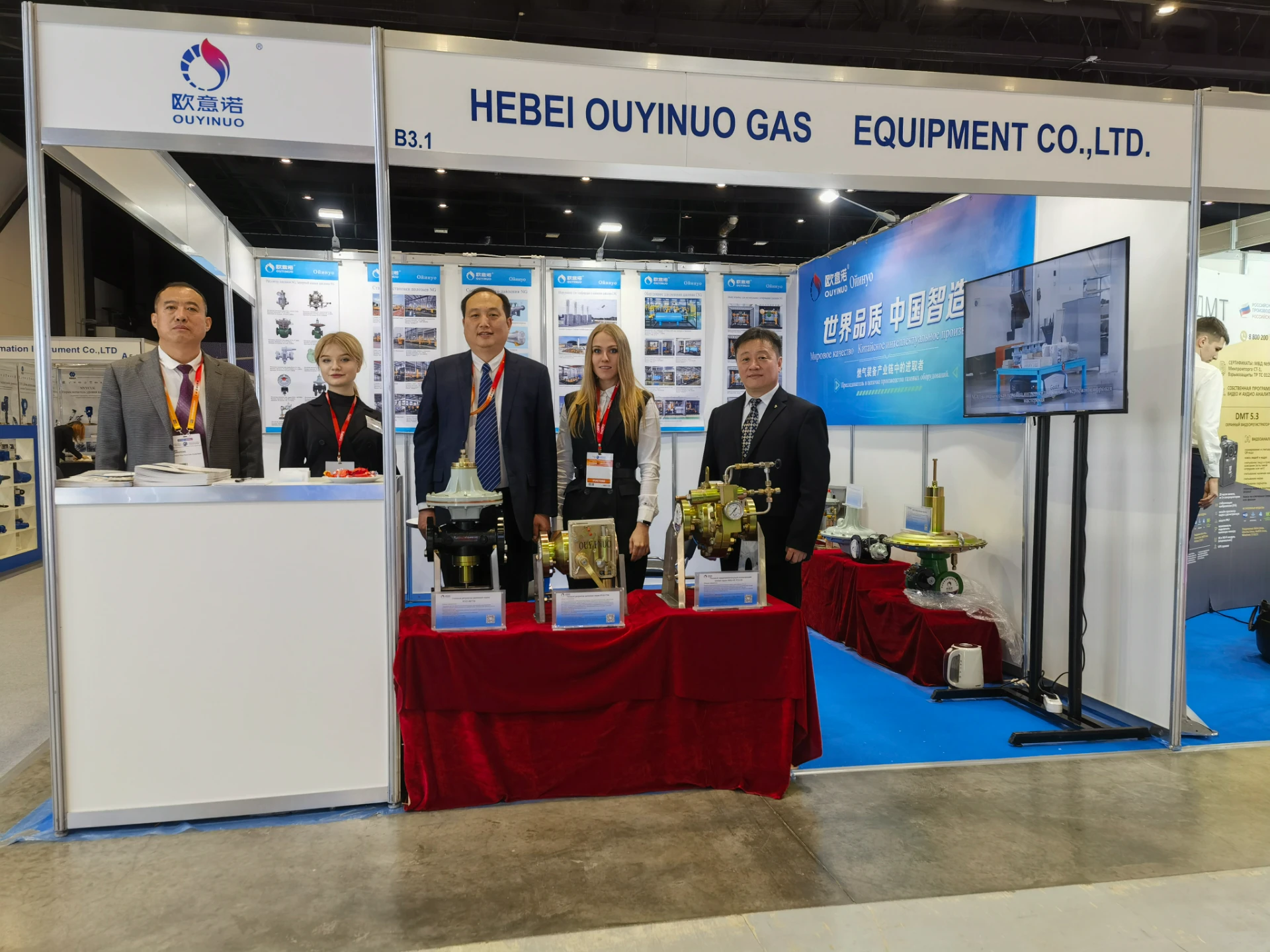
Nov . 08, 2024 20:22
Back to list
الغاز الطبيعي المسال
Liquefied Natural Gas The Future of Energy
In recent years, the global energy landscape has undergone significant changes, with a growing emphasis on cleaner and more sustainable energy sources. Among these, liquefied natural gas (LNG) has emerged as a vital player in meeting the world’s energy demands while addressing environmental concerns. This article explores what LNG is, its advantages, challenges, and its role in the future of energy.
Liquefied natural gas is natural gas that has been cooled to a liquid state at around -162 degrees Celsius. This process reduces its volume by approximately 600 times, making it easier and more efficient to store and transport over long distances. LNG primarily consists of methane (CH4), along with small amounts of other hydrocarbons. It is odorless, colorless, and non-toxic, which contributes to its growing acceptance as a cleaner alternative to other fossil fuels.
.
Moreover, the increasing demand for LNG is driven by the rise of economies in Asia, particularly in countries like China and India. These nations require immense energy supplies to support their rapid industrialization, urbanization, and population growth. As a result, LNG imports have surged, with many countries investing in LNG infrastructure such as regasification terminals and floating storage units to cater to this demand. The flexibility of LNG transportation also allows countries to diversify their energy sources, reducing reliance on a single supplier and enhancing energy security.
الغاز الطبيعي المسال

However, despite its advantages, the LNG sector faces several challenges. The production, liquefaction, and transportation of LNG can be capital-intensive, requiring significant investment in infrastructure. Additionally, the process of fracking, used to extract natural gas, raises environmental and health concerns, particularly regarding water quality and seismic activity. The lifecycle emissions of LNG, including those from extraction to final use, pose questions about its long-term sustainability in the context of ambitious global climate targets.
Another challenge is the volatility of natural gas prices, which can impact the economic feasibility of LNG projects. The LNG market is subject to fluctuations based on global demand, geopolitical tensions, and supply disruptions. As renewable energy technologies continue to evolve and become more cost-competitive, the future role of LNG in the energy market may need to adapt accordingly.
Despite these challenges, the future of LNG appears promising. Technological advancements are leading to more efficient extraction, liquefaction, and transportation processes, which can help mitigate some of the environmental concerns associated with LNG production. Additionally, innovations in carbon capture and storage (CCS) may help further minimize the emissions associated with natural gas usage.
In conclusion, liquefied natural gas represents a pivotal component of the transitional energy landscape, bridging the gap between traditional fossil fuels and renewable energy sources. Its lower emissions profile, growing demand, and flexibility make it an appealing option for countries seeking to balance energy security with environmental sustainability. However, addressing the challenges associated with its production and consumption will be essential to harness its full potential. As the world moves towards a more sustainable energy future, the role of LNG will continue to evolve, playing a crucial part in the global energy mix for years to come.
Next:
Latest news
-
Safety Valve Spring-Loaded Design Overpressure ProtectionNewsJul.25,2025
-
Precision Voltage Regulator AC5 Accuracy Grade PerformanceNewsJul.25,2025
-
Natural Gas Pressure Regulating Skid Industrial Pipeline ApplicationsNewsJul.25,2025
-
Natural Gas Filter Stainless Steel Mesh Element DesignNewsJul.25,2025
-
Gas Pressure Regulator Valve Direct-Acting Spring-Loaded DesignNewsJul.25,2025
-
Decompression Equipment Multi-Stage Heat Exchange System DesignNewsJul.25,2025

